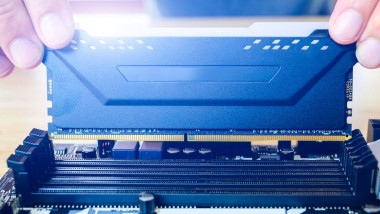RISC-V chips will support replacing RAM sticks without powering off the system — hot plugging functionality arriving in newer flavors of Linux

There have been multiple accounts created with the sole purpose of posting advertisement posts or replies containing unsolicited advertising.
Accounts which solely post advertisements, or persistently post them may be terminated.